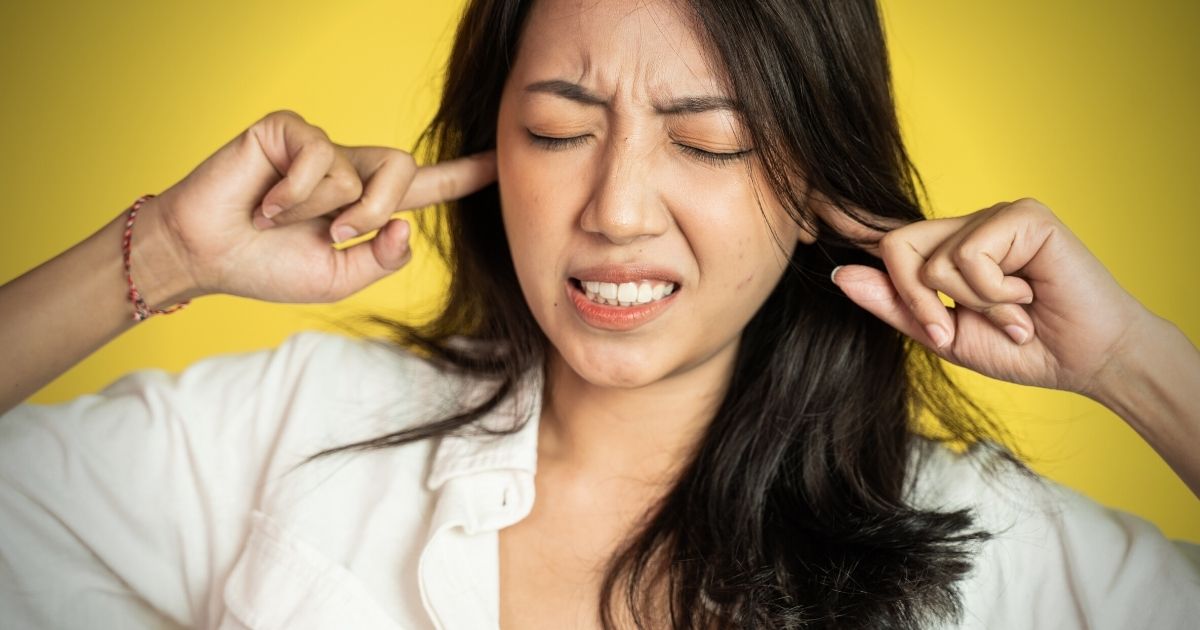The typical adult patient in an audiologist’s practice presents with complaints of progressive difficulty hearing in one or more situations, often accompanied by tinnitus that may or may not be bothersome. Often, the audiometric tests confirm hearing loss in both ears that is “cochlear” in origin, meaning that stems from damage to the inner ears. Almost as often, the treatment of choice (though not always chosen) is hearing aids in both ears.
Typically, the hearing difficulty complaints go down as hearing aided audibility goes up. Those with tinnitus have about a 50/50 chance that tinnitus complaints will diminish as well.
That’s the story most of the time. But there is another group of patients who present in the audiologist’s practice with exactly the opposite set of complaints – they hear too much and the last thing they need or want is a hearing aid. Who are these people, what is the problem, and why are they in a place associated with hearing aids in the first place?
We’ll answer those questions in reverse order.
- Q3: Why are they in our offices? They come in to see us because there is no other established option available. The condition can be incapacitating for some.
- Q2: what is the problem? The etiology of hyperacusis is unknown. It could in the brain or in the ears, but people with hyperacusis notice life is better if they put plugs in their ears, so they suspect it is their ears. The audiologist performs tests to test that theory, often confirming what the patients already know – that their hearing is not only “fine,” but possibly better than fine. In fact, hyperacusis is probably a complex “learned” interaction of the ears and brain in most cases and treatment (and treatment success) varies from individual to individual.
- Q1: Who are these people? Rare, for starters. Hyperacusis shows up in 1 in 50,000 people (AAO/H&N Surgery) or 2% of adults (Baguley et al, 2011). They come in two types. People in the first group have hearing that is better than age-based norms. Those in the second group have normal hearing thresholds but cannot tolerate “normal” sounds (mid-level sounds that are < 65 dB SPL). Both groups are rare, although we have not found incidence or prevalence data to tell us how rare either group is. Anecdotally, we don’t see very many of them in the clinical setting, but we know them when we see them: “Whether hearing sensitivity is within normal levels or not, it is clear that audiologists will, on rare occasions, encounter patients who reported extreme hypersensitivity to everyday environmental sounds.” Shoup and Roeser (2007)[1] , p 332
Extremely sensitive hearing may be a symptom of a medical condition (e.g., Addison’s disease, Lyme disease, Bell’s palsy), some of which can reverse with treatment. Audiologists face a technical problem when testing people with better-than-normal hearing thresholds. It is very difficult, if not impossible, to ascertain how much better their hearing sensitivity is than normal, given the test booths and test equipment we have to offer. That’s because people with extremely acute hearing in quiet do not hear quiet. In what most of call “quiet,” this group hears molecules in the air space of the middle ear randomly bouncing into each other — a phenomenon known as “Brownian motion” that produces Brownian noise. In a sound-treated booth under earphones, test sounds at levels below the level of Browning noise go undetected — not because the person’s hearing is not acute enough — but because those pesky molecules are “masking” the test sound. End of test. We’ll never know just how well those people hear!
What a racket! Click here to get an idea of what Brown Noise sounds like (it’s amplified so people with “normal” hearing can hear it)
Not surprisingly, there are websites dedicated to hyperacusis — for diagnosis, treatment, and support. Most of the websites are associated with tinnitus treatment as well, since it is another, much more common, ear/brain condition of unknown etiology with imperfect treatments that can be extremely debilitating and can occur in the presence of normal hearing sensitivity.
Also not surprisingly, opinions on treatment cut a wide swath and will likely continue to do so until cause(s) of hyperacusis are definitively identified. In the meantime, remember that these folks are out among us, trying to cope with a noisy world, and likely wearing ear protection to navigate. We can do our part by having good communication manners and being aware of the impact our noisy selves have on others.
References
- Audiologic Evaluation of Special Populations. Chapter 15 in Roeser, Valente & Hosford-Dunn (eds). 2007. Audiology: Diagnosis. New York: Thieme.
- Bagley DM, et al. (Eds). Textbook of Tinnitus. NY: Springer (2011).
- Lindsey, H. Help for hyperacusis: Treatments turn down discomfort. Hearing Journal, August (2014); pp 22-24, 26, 28.
**this piece has been updated for clarity. It originally published on July 26, 2016







In another section of the site, I describe life with SCDS. Hypercusis is a very common symptom with this disorder and yet it has not been mentioned here. Furthermore, it really isn’t very rare – 1 in 1000 people is the latest estimate. Please read:https://hearinghealthmatters.org/hearinginternational/2016/living-superior-semicircular-canal-dehiscence-syndrome/ thank you.